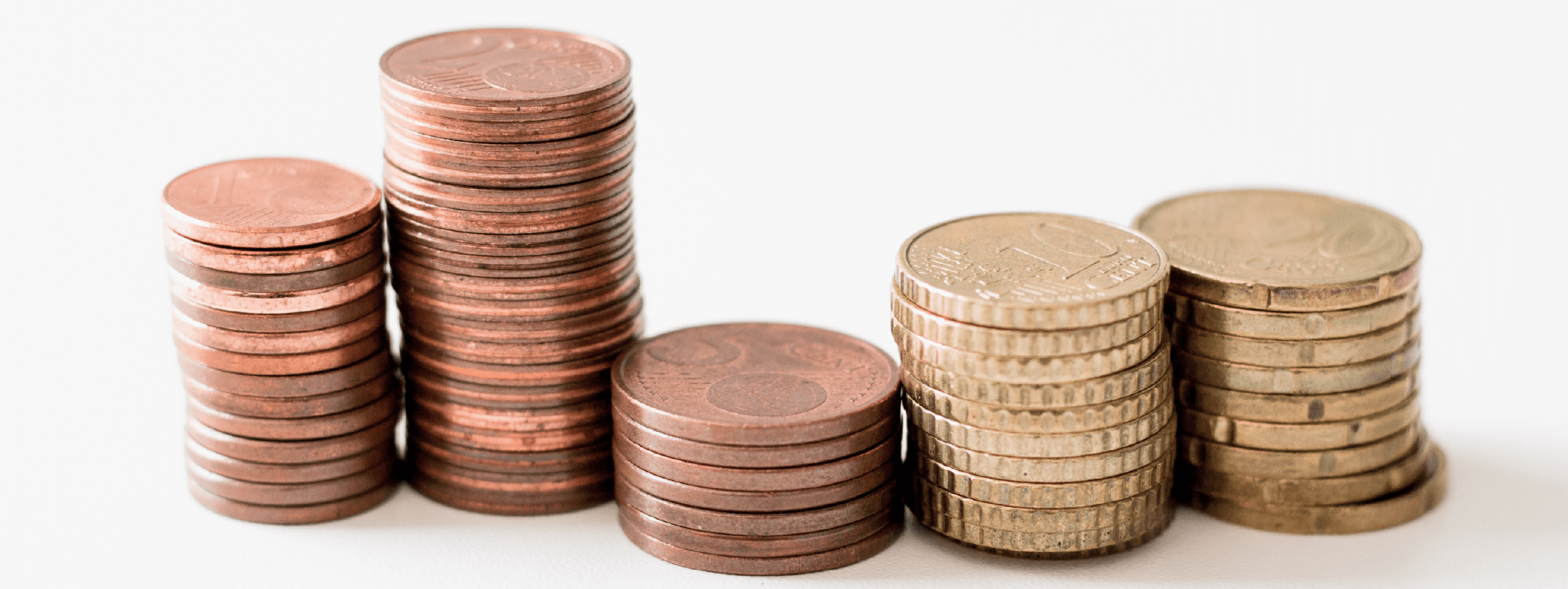The New KAAA Fix Bill allows nonmarital properties that have appreciated during the marriage to be subject to equitable distribution.
First, let’s dive into what Equitable Distribution of Marital Assets and Liabilities actually means. When divorce proceedings begin, the Court analyzes the assets and liabilities acquired by the couple during their marriage. An example of an asset would be a house, or a vehicle, purchased during the marriage. An example of Liabilities would be a debt incurred by either person during the marriage, like credit card debt. For either of these to be equally distributed by the Court upon a divorce, the asset or liability must be marital. Marital property is a property that has been acquired while the couple was married. Traditionally, any property acquired before the marriage is non-marital and would be considered separate property, which cannot be divided by the Family Court.
Historically, Florida has had a dual-property system. This system categorizes which property is marital or nonmarital (separate). This system, however, was challenged in 2010 by the Florida Supreme Court’s decision in Kaaa v. Kaaa. The opinion in Kaaa v. Kaaa led to the passing of House Bill No. 639, better known as the KAAA Fix Bill. The bill was first filed on November 13, 2017 and was approved on March 21, 2018. On July 1, 2018 it became effective.
Kaaa v. Kaaa
To understand the KAAA Fix Bill, we must first understand the facts and decision of Kaaa v. Kaaa. Joseph Kaaa and Katherine Kaaa married in 1980. Six months before the marriage, Joseph purchased a home in Riverview, Florida. The home was purchased for $36,000 of which joseph made a $2,000 down payment. After they married, marital funds were used to pay the mortgage of the house. Marital funds were also used to improve the house. The couple added a carport to their home. The home was refinanced multiple times during the marriage, but Katherine was never granted an interest in the property.
The Kaaa’s eventually filed for divorce. In the final hearing held in 2007, the couple stipulated that the home was worth $225,000 with a remaining mortgage of $12,871.46. That Trial Court concluded that the home was Joseph’s premarital property and Katherine could only be awarded the enhancement value of the home because that value increased during their marriage. The enhancement was valued at $36,679. Katherine appealed the Trial Court’s decision.
On appeal, Katherine argued that the appreciation of the marital home that accrued during the marriage was subject to equitable distribution. In other words, the value of the house increased during the marriage, so that amount should be divided equally between them.
1 Kaaa v. Kaaa, 58 So. 3d 867, 869 (Fla. 2010)
2 This increase in value is also called Passive Appreciation
The Florida Supreme Court agreed with Katherine. The Court stated that since the mortgage was paid with marital funds and any and all improvements and enhancements were done during the marriage, the appreciation the house received should be equally distributed. Additionally, the house increased in value due to inflation and market value that occurred during the 27 years the couple was married.
The KAAA Fix Bill
The Bill partially adopted the decision in Kaaa. The Bill now establishes conditions for passive appreciation. If marital funds were used to pay anything in relation to a nonmarital property, and the result is an appreciation of the property, that appreciation (passive appreciation) is subject to equitable distribution. All income either spouse earns during the marriage used to increase the value of the nonmarital property are treated as marital. There is no condition set out in the Bill for the nonowner spouse to contribute actively to the appreciation of the nonmarital property.
The Bill sets forth a formula and guidelines to determine the amount that is to be equally distributed.
The conditions the Bill sets out are as follows:
- The non-marital property was enhanced in value and appreciated during the marriage;
- This was a result of either the efforts of either party during the marriage or;
- From the contribution to or expenditure of marital funds or other forms of marital assets.
Formula:
Step 1
- The Passive Appreciation is determined by taking the value of the property on the date of the marriage or the date of the purchase, which ever happens last, and subtracting it from the value of the property on the date of the divorce proceedings.
- Subtract any active appreciation (any contribution by either spouse that contributes to the growth of value of the property, such as mortgage payments, adding a section to the property, any renovation or improvements.) and subtract any additional encumbrances incurred during the marriage.
Step 2
- Take the total payment of principle from marital funds of all notes and mortgages secured by the property (this is your numerator)
- Take the value of the property on the date of the marriage (this is your denominator)
- Divide the numerator by the denominator
The result is the percentage of Passive appreciation that is marital
Step 3
- Multiply the amount from Step 1 and the amount percentage in Step 2
Step 4
- The amount in Step 3 -plus- the mortgage paid during the marriage -plus- any active appreciation
3 Passive Appreciation means growth in value inflation or market forces cause.
The Total from Step 4 is the amount of marital passive appreciation subject to equitable distribution.



